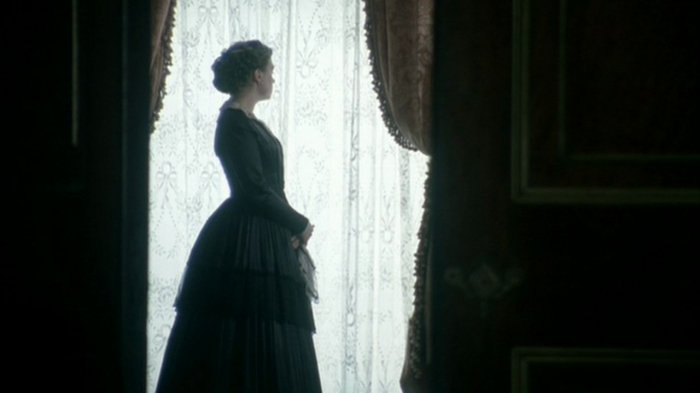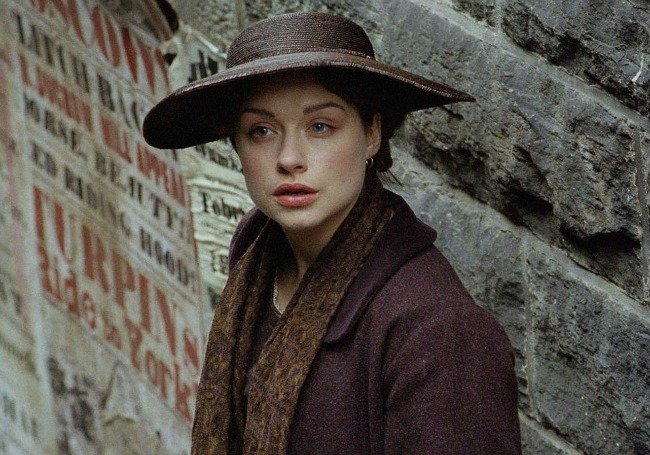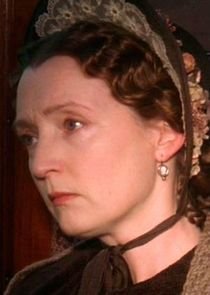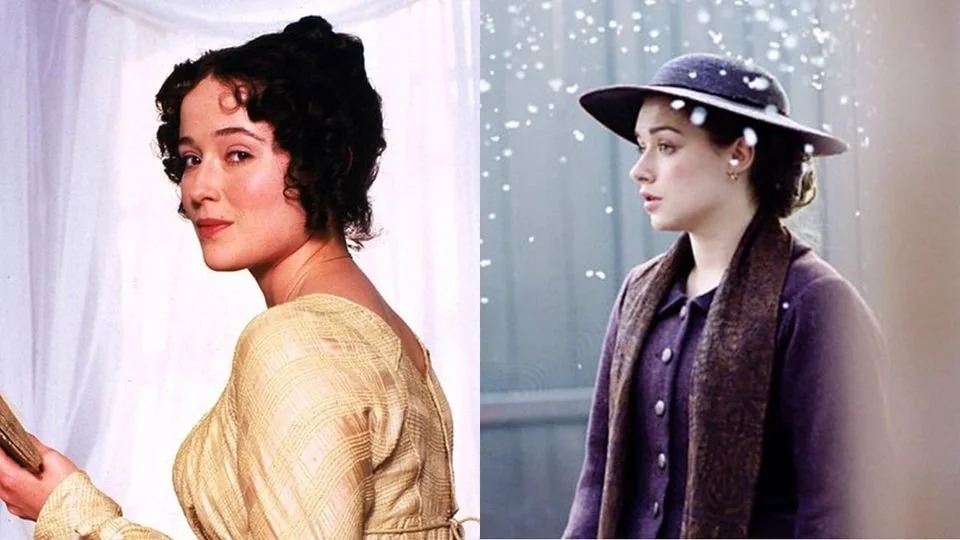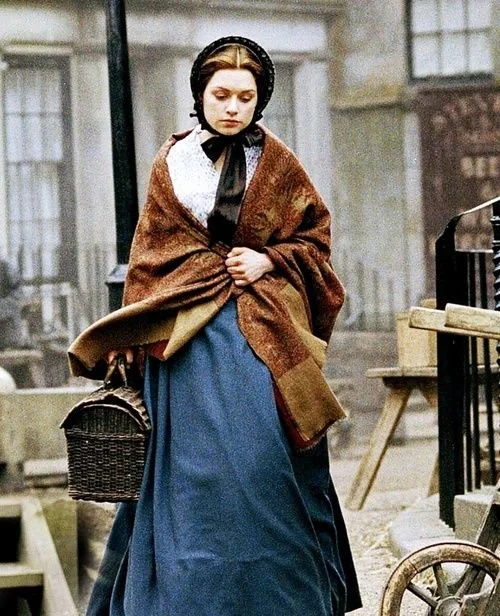Turning to nature in times of great turmoil or sorrow can be therapeutic. The beauty, stillness, and majestic vastness of nature can calm our thoughts and give us a more expansive perspective.
Reading North and South again, I was struck by how often Margaret turned to nature for solace and strength. This is especially true at the close of the story, when she is far from Milton and evaluating how to go forward with her life.
We know from the very beginning of the book that Margaret has a strong connection with nature. Her eagerness to go home to Helstone every summer has a good deal to do with the freedom she feels there to roam the countryside and take in its beauty every day.
Margaret used to tramp along by her father’s side … revelling in the sunshine and the herbs and flowers it called forth.
[Margaret] was so happy out of doors, at her father’s side, that she almost danced…
(Chapter 2)
Once in Milton, it’s more difficult for Margaret to escape to a place of beauty, but she does seek nature by taking walks to the fields around the town. She is coming back from one of these walks when she meets Bessy Higgins. Impulsively, she shares the beauty with Bessy, by giving the sickly girl the wildflowers she had picked.
Unfortunately for Margaret, the chance to get away to nature is almost non-existent during the long months of her mother’s sickness and her father’s subsequent grief.
Gaskell tells us, however, that after being chastised by Mrs. Thornton for her impropriety, Margaret takes a brisk walk to the country to try to avoid reflecting too deeply on her distraught feelings.
It’s not until Margaret moves away from Milton—not until her parents have both died—that she has time to really think about all that has happened to her and how she feels.
After an emotional day visiting Helstone again, Margaret confesses to Mr. Bell her lie and what Mr. Thornton must think of her. Although she asks Mr. Bell to explain her circumstances to Mr. Thornton someday, she still believes that she has lost Thornton’s love forever.
That night she feels her loneliness deeply:
…she sate long hours by the open window, gazing out on the purple dome above, where the stars arose, and twinkled and disappeared behind the great umbrageous trees….A sense of change, of individual nothingness, of perplexity and disappointment, over-powered Margaret.
“…I am so tired—so tired of being whirled on through all these phases of my life, in which nothing abides by me, no creature, no place…”
(Chapter 46)
Photo by Tyler Domingue
She looks to the heavens again after Mr. Bell dies:
…when night came—solemn night, and all the house was quiet, Margaret still sate watching the beauty of a London sky…the faint pink reflection of earthly lights on the soft clouds that float tranquilly into the white moonlight, out of the warm gloom which lies motionless around the horizon….On such night as this she remembered promising to herself to live as brave and noble a life as any heroine she ever read or heard of in a romance….straight alone where she stood, in the presence of God, she prayed that she might have strength to speak and act the truth for evermore.
(Chapter 48)
And finally, in the most poignant and enduring episode of relying on nature to nourish her, Margaret spends several days on the beach, just thinking…thinking, as she stares out to sea:
She used to sit long hours upon the beach, gazing intently on the waves as they chafed with perpetual motion against the pebbly shore, —or she looked out upon the more distant heave, and sparkle against the sky, and heard, without being conscious of hearing, the eternal psalm, which went on continually. She was soothed without knowing how or why.
..all this time for thought enabled Margaret to put events in their right places, as to origin and significance, both as regarded her past life and her future. Those hours by the sea were not lost, as any one might have seen who had had the perception to read, or the care to understand, the look that Margaret’s face was gradually acquiring.
…she had learnt, in those solemn hours of thought, that she herself must one day answer for her own life, and what she had done with it….
(Chapter 49)
During this sacred time of considering the endless power and beauty of the seaside, she makes her decision about her place and purpose in the world. Margaret regains her spiritual strength and takes command of her situation. She lets her London family know that she will now be deciding for herself how to spend her time and efforts. She begins to spend time doing what she feels is important, which includes going to some of the more wretched places in London to try to make a difference in the lives of those who truly need her compassion and care.
And all this she does with the conviction that she will never marry—never live in Milton again. She believes John Thornton could no longer be in love with her, a liar.
So, with the aid of nature’s vast, infinite persepctive, she carves out a secondary dream of a purposeful life, in which she can give her love to those who need it. How beautiful it is, then, when her first dream of happiness is fulfilled—when she discovers Thornton’s steadfast love and a whole new life waiting for her in Milton.
Do you remember a time when you found comfort or peace from nature?
What are your favorite places to absorb the beauty of nature?



